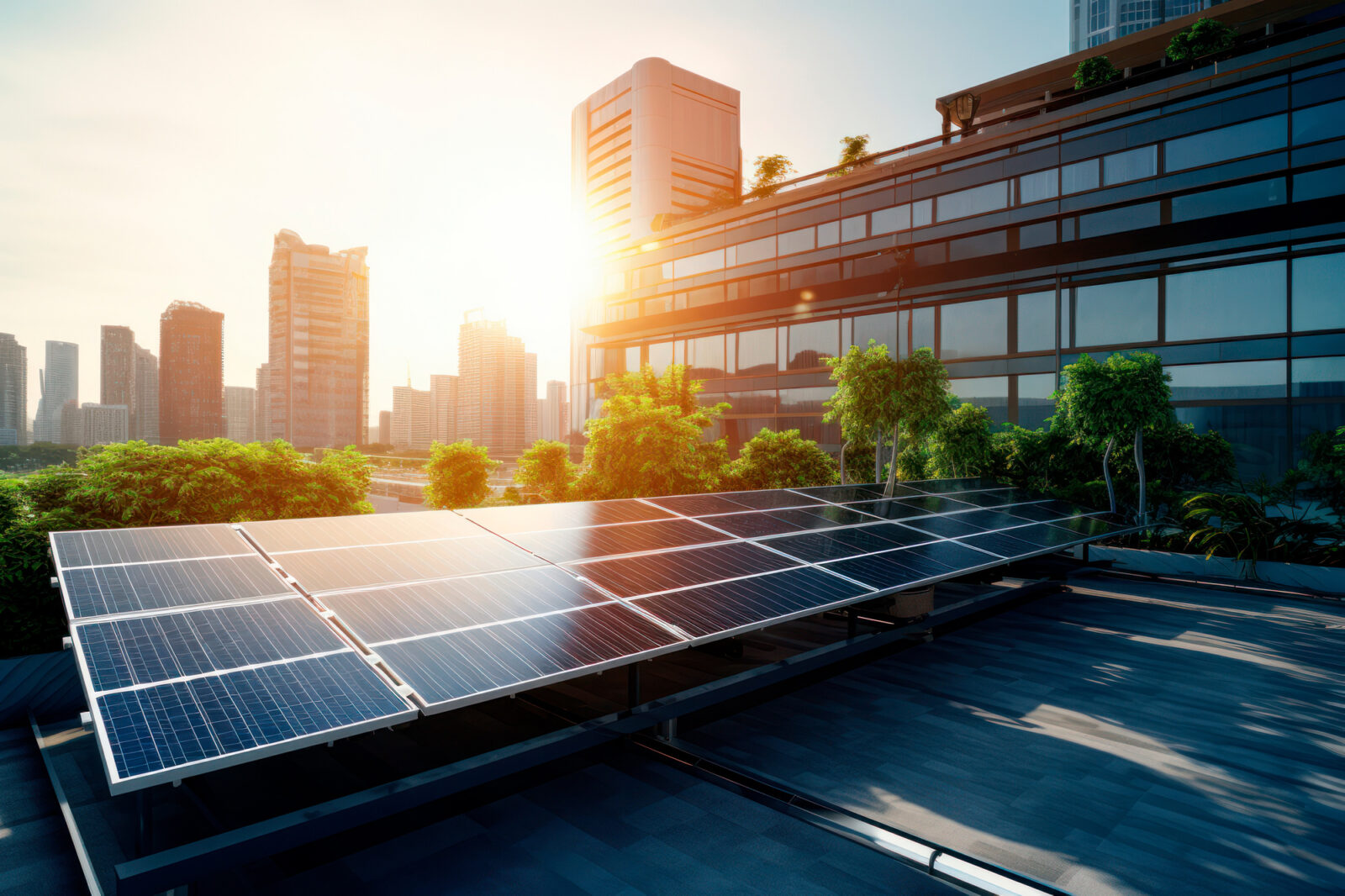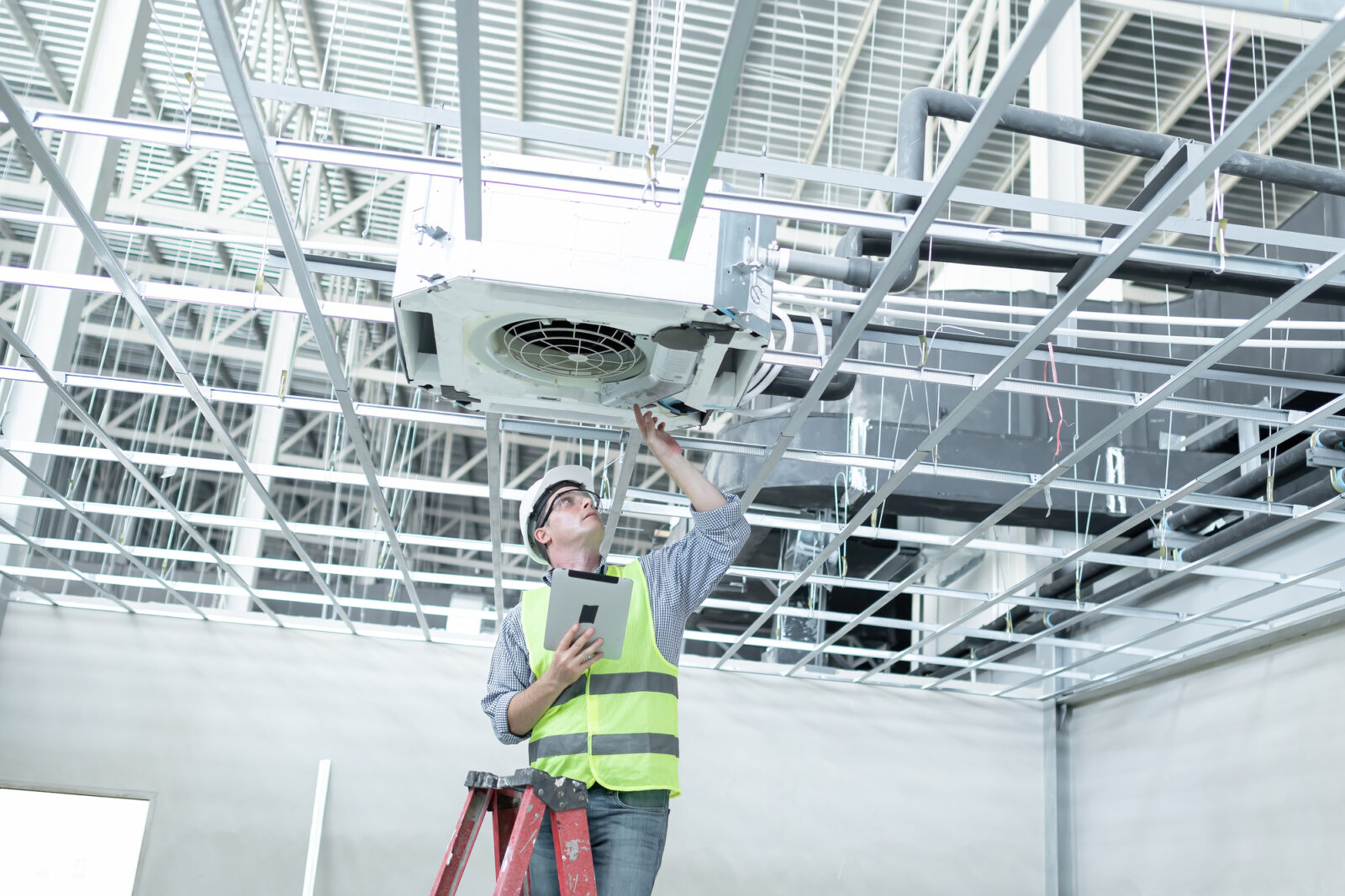Skyrocketing energy costs are kicking commercial property owners hard in the budget. Going green isn’t just about being eco-friendly anymore, either.
That is why making properties more energy efficient has become an absolute must for financial and sustainability success. But don’t stress! The good news is there are now smart technologies out there that can seriously pump up energy performance. This could mean big-time cost and emissions reductions.
Read on as we explore various ways to supercharge efficiency in your commercial property, be it an office building or retail space. With the right strategies, you can put those utility bills under control and maximize profits.
Table of Contents
Audit and analyze current usage
Conducting an energy audit is essential to create an energy usage baseline. In Australia and New Zealand, they have AS/NZS 3598.1:2014, a formal standard for energy assessments, helping businesses identify opportunities for cost-effective investments to enhance energy performance and make improvements.
The audit will identify the current breakdown of energy consumption by equipment such as HVAC, lighting, plug loads, and so on. It will also reveal priorities for upgrade gaps that need to be addressed and provide ROI calculations for proposed measures. Data logging and benchmarking can further analyze intersectional energy use and pinpoint optimization opportunities.

Embrace renewable energy
On-site solar PV systems generate clean electricity, lower energy taken from the grid, and stabilize expenses against utility price hikes. Commercial solar panels work especially well on commercial rooftops and parking lot canopies. Based on climate and factors like available land, wind energy also holds potential.
Upgrade lighting systems
In most commercial buildings, lighting constitutes over 25% of electricity consumption. Upgrading to efficient lighting, therefore, has the highest potential impact on energy savings. For instance, LED bulbs consume up to 80% less power than traditional incandescent and fluorescent lighting.
Moreover, LED lighting can be coupled with smart controls. By equipping them with advanced lighting controls like motion sensors, daylight harvesting, and dimming, you use lighting only when needed. You can also leverage automatic scheduling and occupancy-based settings to ensure minimal energy wastage.
Improve HVAC efficiency
Did you know heating and cooling account for around 40% of energy use in commercial buildings? To allow HVAC systems to function more efficiently, here are strategies worth noting:
- Perform regular maintenance and replace filters to enable optimum airflow.
- Install programmable smart thermostats with occupancy sensors to avoid heating/cooling empty spaces.
- Repair leaks and ensure adequate insulation in the ductwork to prevent energy loss.
- Consider upgrading older equipment to modern, high-efficiency HVAC systems.
Taking proactive maintenance and upgrade measures not only saves energy and reduces equipment wear and tear but also allows building systems to operate at peak performance levels, all while enhancing occupant comfort.
Seal the building envelope
Gaps and cracks in the building envelope can cause significant heat loss/gain and higher energy consumption.
To address this, investing in high-performance insulation is crucial since it acts as an effective barrier to maintain the optimal indoor temperature. Weather-stripping windows and doors and sealing all openings also help retain internal temperatures without overworking the HVAC system.
Install efficient water heaters
Commercial water heating may account for a significant percentage of energy bills. For one, conventional storage tank heaters tend to consume more energy.
Meanwhile, tankless water heaters only utilize energy when needed, making them over 85 to 14% more energy efficient. Solar water heaters are also a great renewable, low-emission option. Insulating pipes properly regulates water temperature loss as well.
Engage tenants and occupants
The collective participation of all occupants impacts overall building energy performance. Through green leases and clear policies, managers can mobilize tenants for smart energy behavior—turning off idle equipment, reporting inefficiencies, monitoring usage, and more. Simple sticker reminders near switches and office equipment can also facilitate engagement.
Sharing building benchmarking data, recognition programs, and competitions can also motivate occupants to conserve energy. This contributes to your commercial property’s overall green initiative.
Manage plug load efficiency
Commercial appliances and electronics constitute a massive part of a facility’s energy load. That said, optimizing the purchase, usage, and disposal of such plug-in equipment is crucial.
One way to achieve this is by purchasing ENERGY STAR certified high-efficiency models to ensure minimized consumption. Smart power strips can also be used to cut idle energy waste.
Additionally, existing hardware should be configured to enter low-power standby modes when not active. Finally, older devices should be decommissioned to stem unnecessary energy demand.
Leverage smart building technology
Smart building technology integrates sensors, connectivity, automation, and data analytics to synchronize energy usage with business needs.
Through real-time communication between lighting, HVAC, and other systems, optimal settings for lighting, temperature, ventilation, and more can be achieved. What’s more, the availability of dashboards allows for remote energy monitoring, facilitating optimization based on data insights.
Regular recommissioning
Periodically re-evaluating building systems and functions through recommissioning ensures energy objectives are continually met. As usage patterns or technologies change, alterations are made during recommissioning to re-align systems, equipment, and settings with ideal efficiency requirements. Moreover, operational deficiencies get rectified before they impact energy optimization.
Key takeaway
Every commercial property is a little different, so you’ll want an energy pro in your corner. These experts can dig into your building’s guts with their audits and data toys to cook up custom energy plans tailored to your specific needs and goals.
When you plunk down the cash on those efficiency upgrades they recommend, just remember you’re investing in long-term savings here. We’re talking years of slashing your operating expenses and carbon footprint in half. So, call in the efficiency pros today and watch your property maximize its profits!





